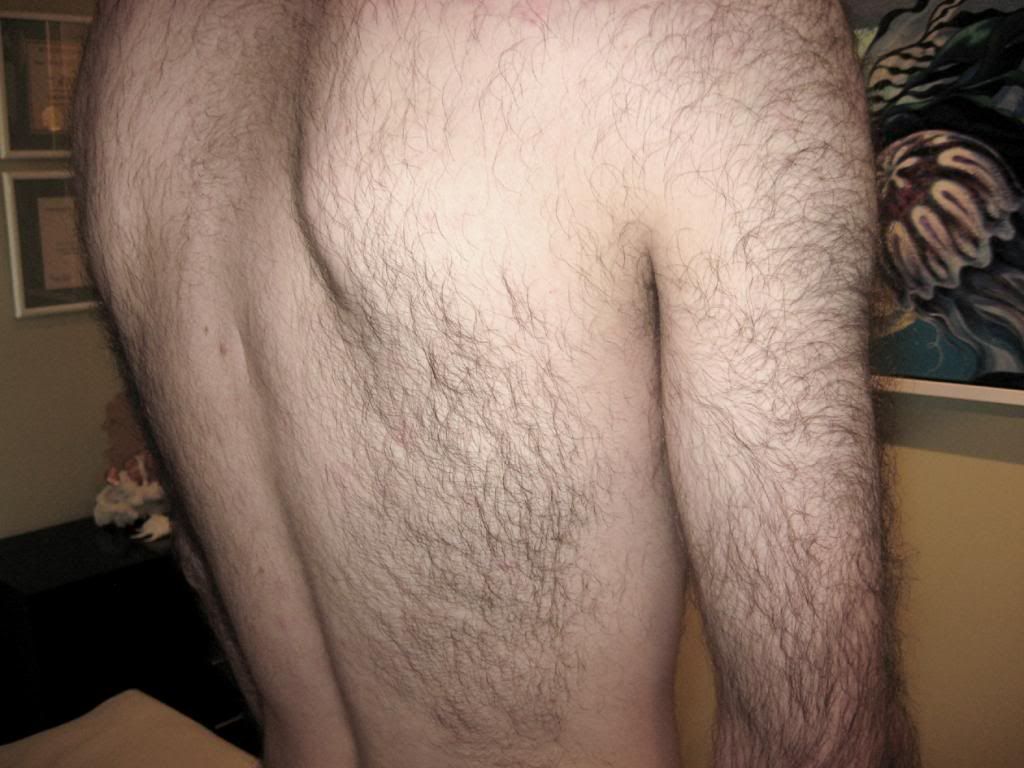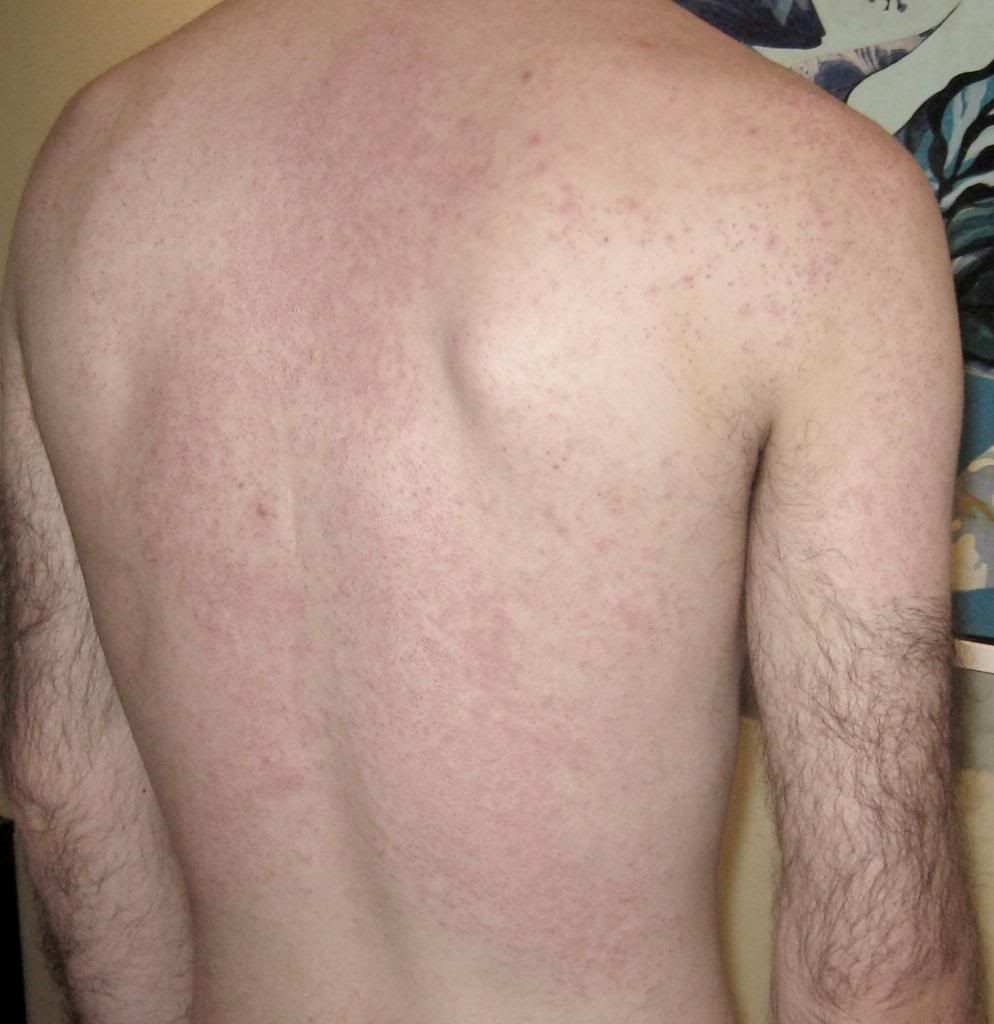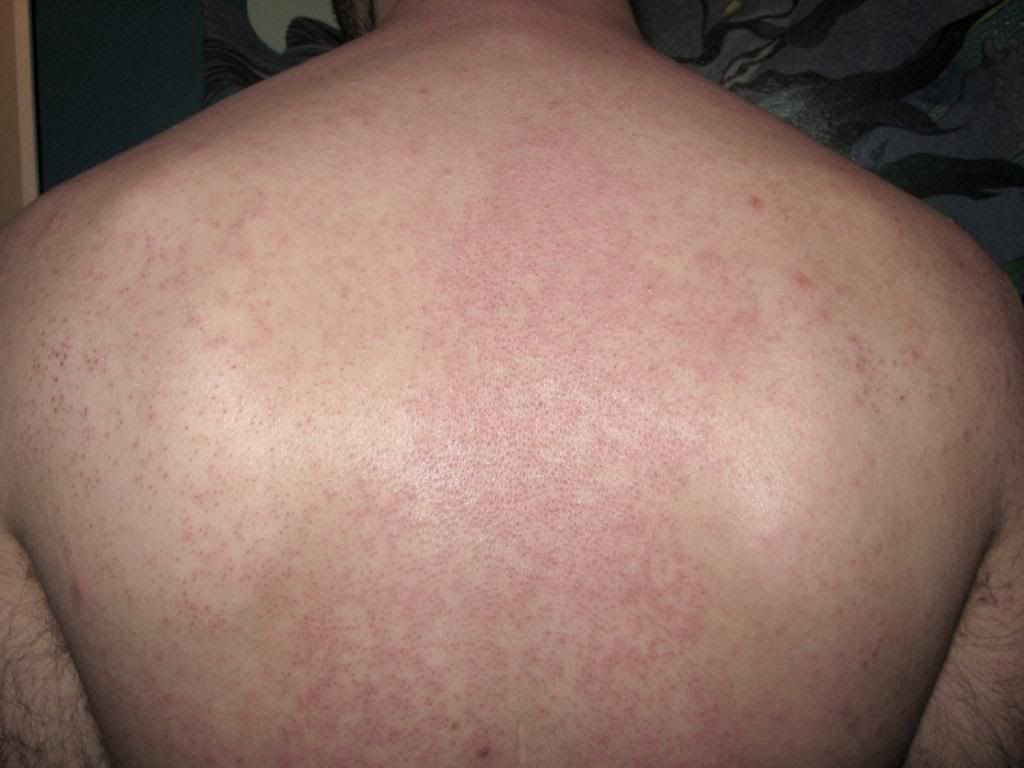When I was doing classes in New Zealand, another electrologist/author, Neil Blok (originally from Holland), insisted that to do the blend properly, one must first start the DC (and insert with the DC ON) and only then apply the HF.
Neil reckoned that if a person started the HF first (or at the same time), the follicle would “dry up” and not allow lye to form. (Sounds plausible.) He called his technique “live probing,” and (for some idiotic reason) it caused a storm of controversy.
Neil also thought needles had to be “rough,” not smooth, so that the lye would “swirl.” He referred to me as “that NUTS of a Bono” and was ready for a “fight!” (Seriously, he was a nasty ugly little shit.)
Everyone at a big conference in “Aotearoa” (Auckland) THOUGHT I was going to get involved in some sort of “war” with the guy. Everyone warned me beforehand that a big WAR was about to begin!
So, I was asked (at my lecture) what I thought about this revolutionary process. I could hear the audience “gasp.”
I said, “I think it’s a good idea … and I do this myself most of the time. I’m not sure I buy the “drying follicle stuff” … but it SEEMS TO WORK FINE. End of war! Well, it never started.
And, so it is all the time: parsing out opinions based on suppositions … and then “making something of it.” And, of course, this applies to EVERY modality of hair removal. It’s basically “shit piled on top of shit.”
(Actually, Seana, I had to giggle a bit about our conversation. None of it was “new” to me … in fact; I’ve covered this same ground hundreds of times over the last few decades. And THANKS kiddo! Kiss kiss! And, I’ll never do this again, ever!)
So to answer your question Dee, about “fast blend” (that might not be a REAL blend), or that “most elecrologists don’t go that fast." Actually, YES they do … if they know what the hell they are doing! EVERY blend operator I know works like this! … And “can lye form in less than 2-seconds,” etc.?
Let me only say, “I don’t care!” After nearly 40 years of dissecting “opinion” … I don’t care! I can’t prove or disprove any of your notions, so I don’t care!
Indeed, I do see lye “frothing” like crazy in the “less than 2-second blend,” and I assume that lye is forming. However, I still don’t care! And, I don’t care what that “bubbly stuff” really is either. Furthermore, I don’t care how thermolysis works either: it works!
As I’m trying to say, professional conversations always get into “jib-jab” about something that is not provable. Whole threads get gobbled-up with suppositions and conjecture, again about how people think things happen, or should happen.
Nothing matters except if the “fill-in-the-blank” is killing follicles! It’s ONLY about results, and results CAN be documented: Black & White, Plus or Minus!
Take photos, count up hours, and confirm (observe and photograph) the CLEAR permanently hairless skin. And keep records of everything! And don’t get involved in dissecting “theory and supposition."
Indeed, I DO know why people do this “dissecting.” It’s so that they (all of us and ME included) can hold onto beliefs they are comfortable with. It’s only human and we do this ALL the time.
Beliefs have no place in science.
Observe, count-up hours and post photographs (electrolysis and laser) and don’t “jib-jab” about what is not provable by any means at our disposal.
Just do what JOSSIE (Josepha) does and “forget about it!”




 Curious about what you mentioned: vellus hairs. With your experience and expertise can you just tell that those wil become terminal hairs or are you taking precautions? Either way I admire your efforts to sort of place yourself in the client’s shoes.
Curious about what you mentioned: vellus hairs. With your experience and expertise can you just tell that those wil become terminal hairs or are you taking precautions? Either way I admire your efforts to sort of place yourself in the client’s shoes.